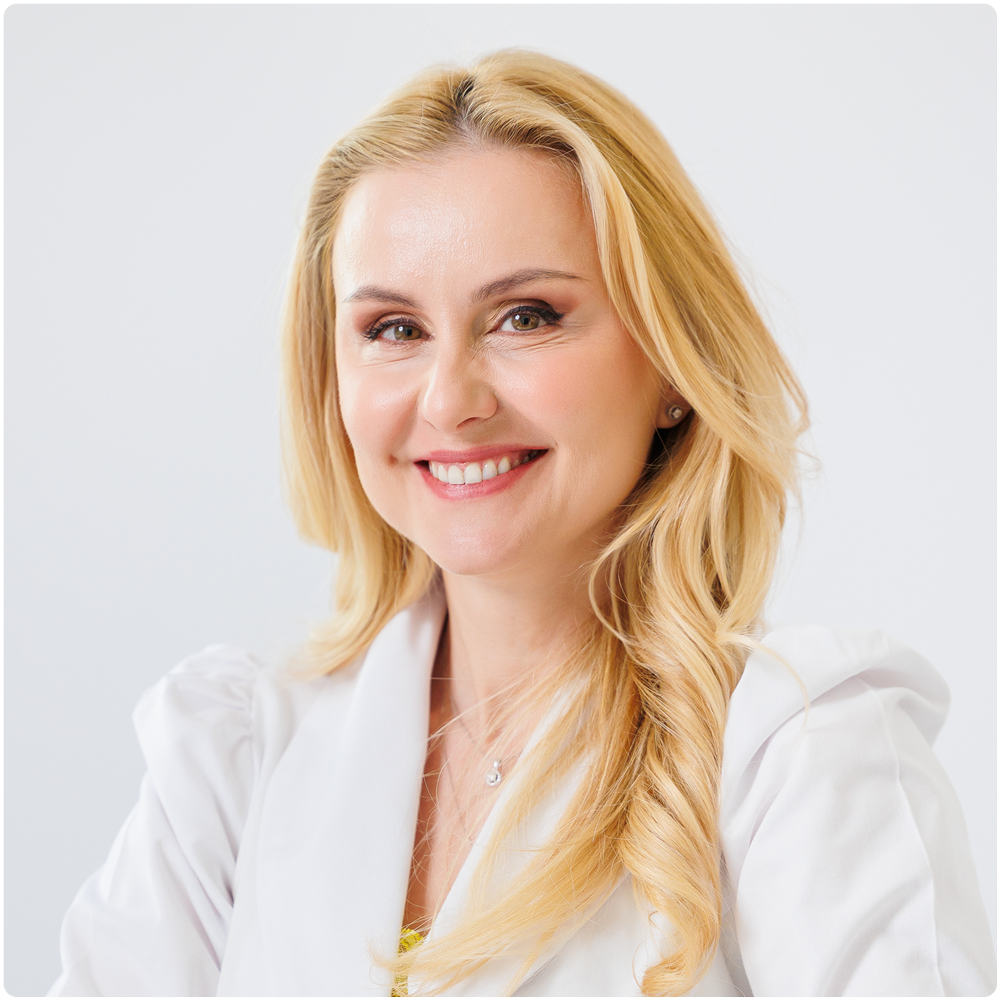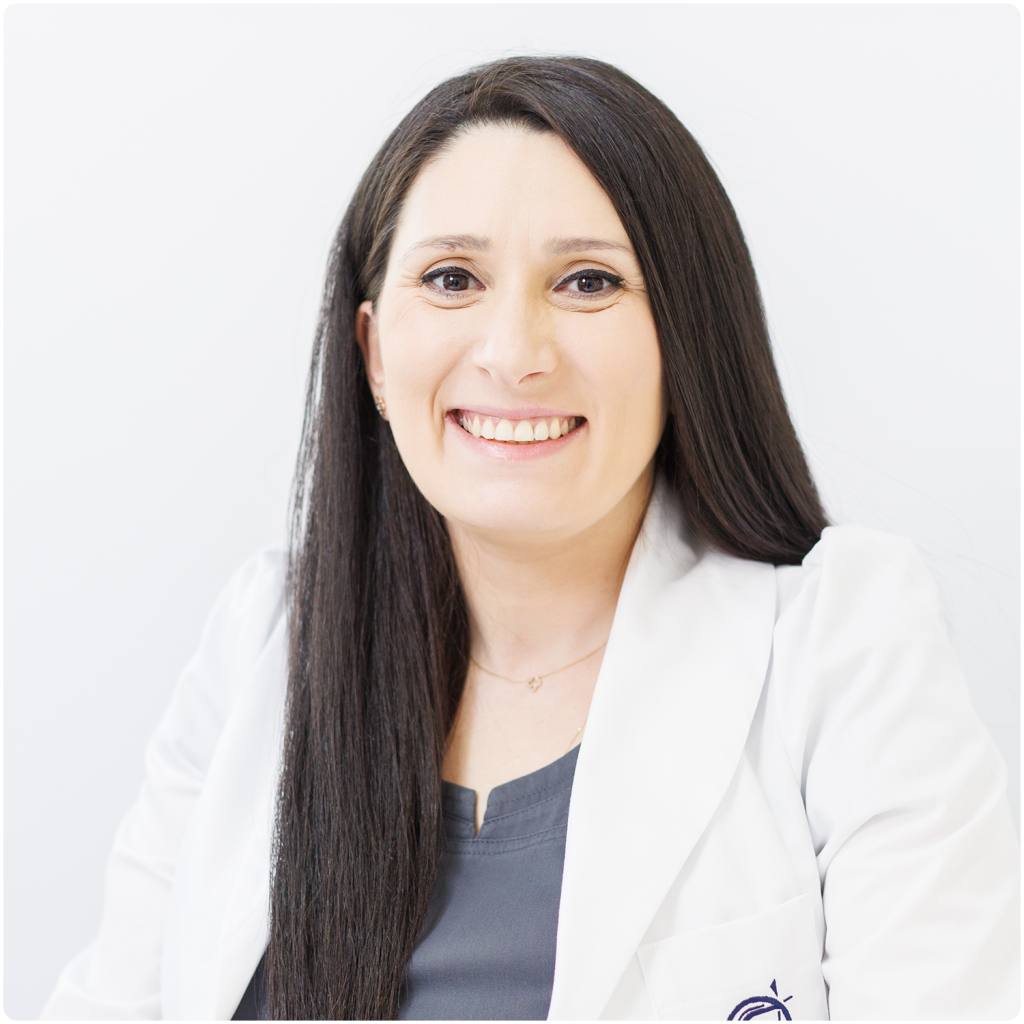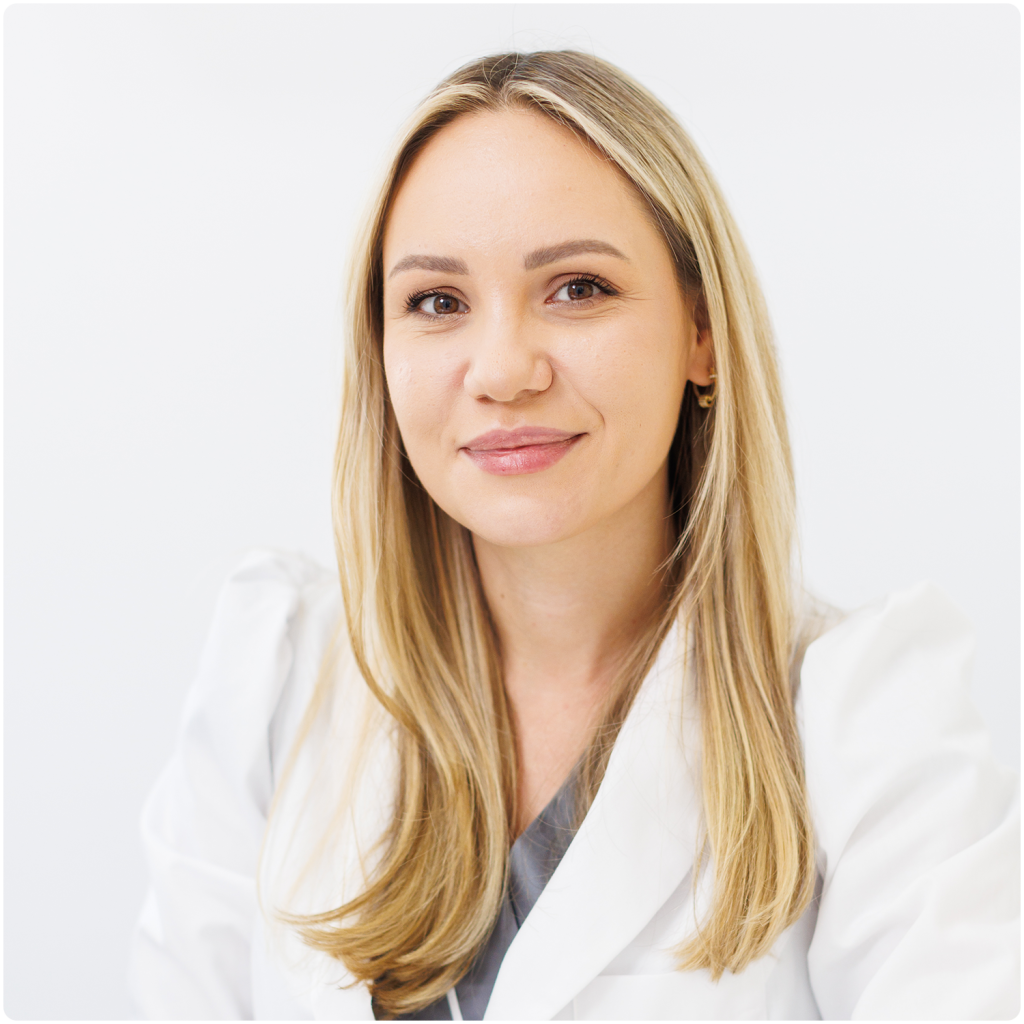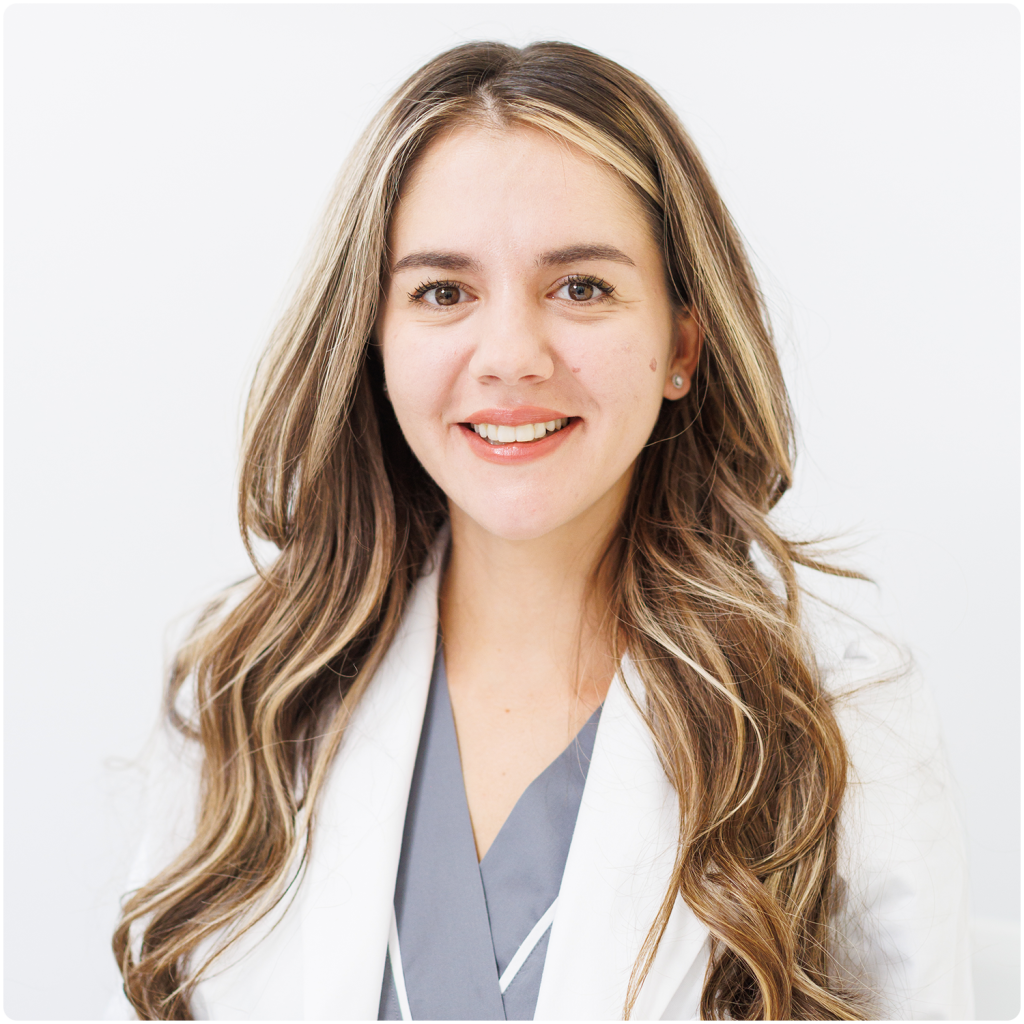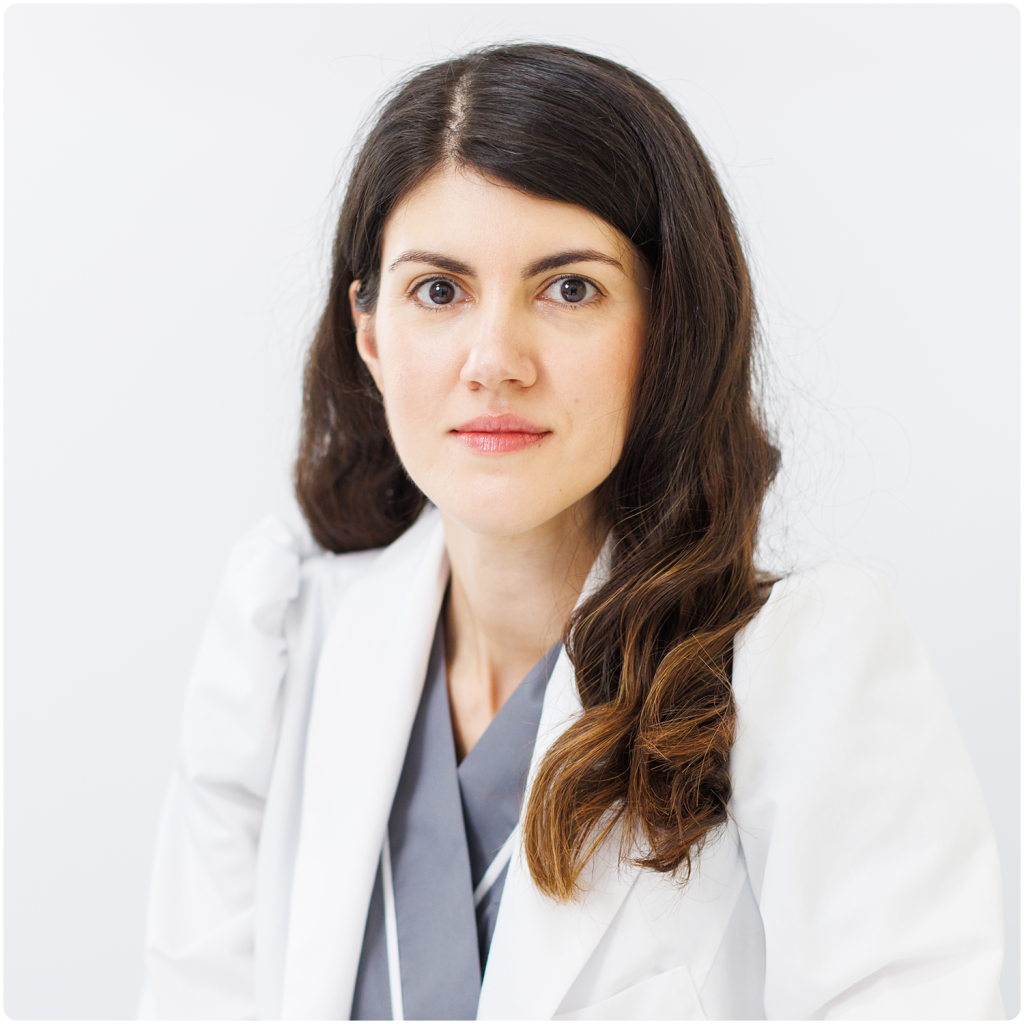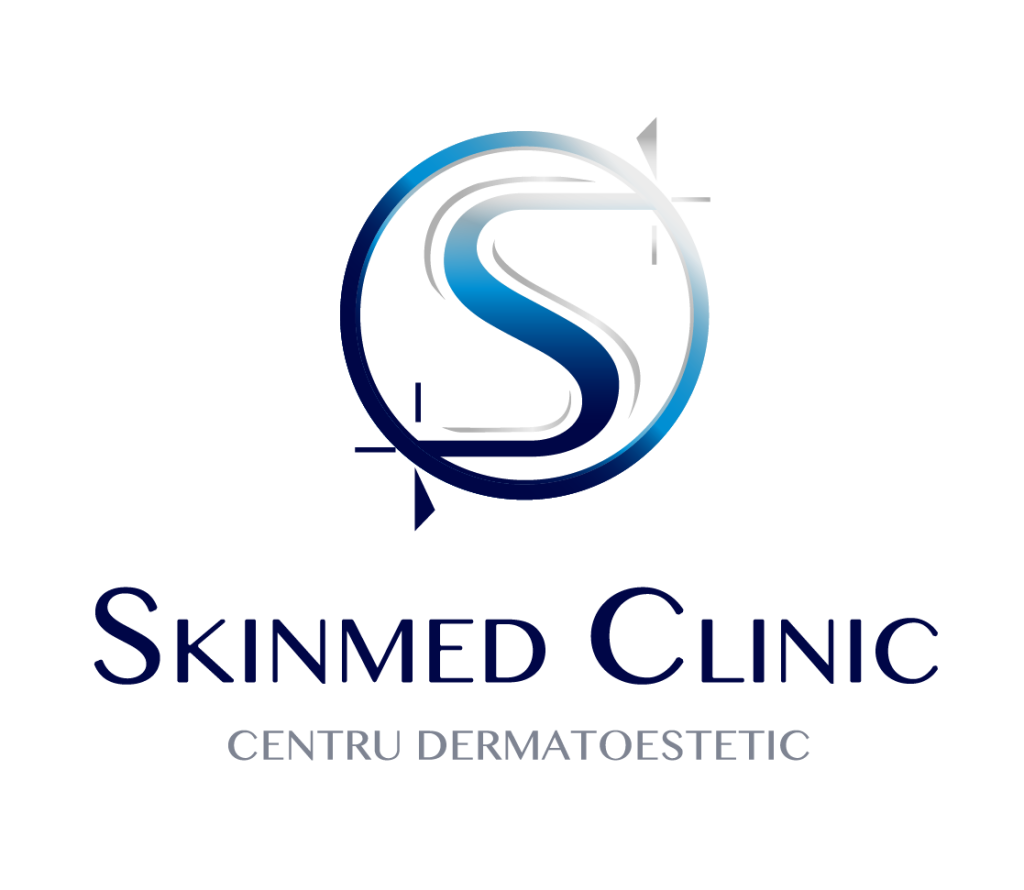Moles are an aesthetic and medical challenge. In SKINMED®, find the best solutions for healthy and beautiful skin.
Who are we talking to?
To each of you when you have congenital moles (from early childhood) or moles that have developed over time, when you want a correct diagnosis and want to know what treatment options are available to safely remove the lesion from your body without residual scarring. Body moles can be skin-coloured, raised, and others pigmented (brown or brown-black) flat or raised. Over time they may undergo changes, some physiological and others warning signs, requiring urgent medical attention. Similarly, any new pigmented lesion should be seen by a dermatologist for a correct diagnosis.
At SKINMED®, doctors' expertise and state-of-the-art technology guarantee both the correct diagnosis and the best treatment options. Because we want healthy and happy patients!
Why choose SKINMED® experts?
SKINMED® experts specialise in the diagnosis and treatment of skin conditions, using the most effective diagnostic and treatment technologies to achieve the best results in complete safety for the patient. Their expertise guarantees the accuracy of the diagnosis, the most important step in the doctor-patient relationship. Following the diagnosis of certainty, the most effective treatment methods are chosen.
Benefits of mole diagnosis and treatment in SKINMED®
What are moles and why do they occur?
Moles are caused by groups of pigmented cells called melanocytes. These cells produce melanin, which gives colour to skin, hair and eyes. Moles can develop at any age, but are more common in fair-skinned people and those with a family history of moles. Moles are a common type of skin lesion that can occur anywhere on the body. Most moles are benign, but some can develop into skin cancer over time.
Types of body moles
Congenital moles
They are present at birth or appear in early childhood and are usually larger than other types of moles.
Acquired moles
They develop over time and are more common than congenital moles.
Dysplastic snow
These are larger, irregularly shaped moles that may have an increased risk of developing into skin cancer.
Most of these lesions are harmless and do not require treatment. However, people should monitor their moles for changes in size, shape, colour or texture as these may be signs of skin cancer. A dermatologist can examine a mole and determine whether it should be removed or biopsied.
Treatment of moles in SKINMED®
There are many options for treating moles, from removal with the latest laser technology to surgical methods. Treatment of these skin lesions depends on the cause of their appearance. Moles that are atypical or show signs of skin cancer may need to be surgically removed. Removal of these lesions may also be done for cosmetic reasons.
In addition to medical treatment, SKINMED® specialists can recommend lifestyle changes that can help prevent new moles from developing. These include avoiding excessive sun exposure, wearing protective clothing and using sunscreen with a high SPF.
Doctors EXPERT in the diagnosis and treatment of moles
In SKINMED®, you will find highly experienced medical specialists working with the latest results of medical research on prevention and treatment, using state-of-the-art medical equipment and products. We look forward to meeting our doctors for a treatment tailored to your needs!
SKINMED experience and technology®, for flawless looking skin!
Advantages SKINMED®
Experience
- Over 19,000 patients treated in the clinic
- Over 300 new patients every month
- Over 3,500 new patients annually
- Over 20,000 treatments per year
Credits
- FOTOFINDER-accredited Centre of Expertise in the Diagnosis and Treatment of Skin Cancer
- ALMA LASER accredited laser treatment centre of expertise
- ALLERGAN accredited centre of expertise in Aesthetics and Medical Injecology
Safety
- Only world-class accredited technologies
Other treatments you might be interested in
Frequently asked questions
What are body moles?
Body moles are common skin lesions that appear as spots on the skin. They are caused by groups of pigment cells called melanocytes and can develop at any age.
Are all body moles dangerous?
No, most moles are benign and do not require treatment. However, people should monitor their moles for changes in size, shape, colour or texture as these may be signs of skin cancer. A dermatologist can examine a mole and determine whether it should be removed or biopsied.
Regular skin examinations and self-monitoring can help detect changes in moles early, allowing prompt treatment and better results. It is important to see a dermatologist if there are concerns about moles or other skin lesions.
What are the different types of body moles?
There are several different types of body moles, including congenital moles, acquired moles and dysplastic nevi. Congenital moles are present at birth, while acquired moles develop over time. Dysplastic moles are larger, irregularly shaped moles that may have an increased risk of developing skin cancer.
How are body moles diagnosed?
Diagnosis of body moles usually involves a clinical and dermoscopic examination, as well as a review of the patient's medical history and symptoms. In some cases, a biopsy may be required to confirm the diagnosis.
How are body moles treated?
Most moles are harmless and do not require treatment. However, moles that are atypical or show signs of skin cancer may need to be surgically removed. Cosmetic mole removal can also be performed for aesthetic reasons using the CO₂ ablative laser, in complete safety and with no residual signs.
Can body moles be prevented?
There is no guaranteed way to prevent moles from developing on the body. However, some lifestyle changes can help reduce the risk of developing new moles, including avoiding excessive sun exposure, wearing protective clothing and using sunscreen with a high SPF.
What should I do if I notice changes in the moles on my body?
Everyone should monitor their body moles for changes in size, shape, colour or texture as these can be signs of skin cancer. If changes are observed, it is important to consult a dermatologist to determine if the mole should be removed or biopsied.

